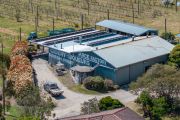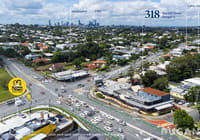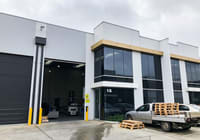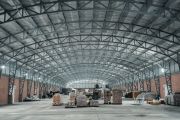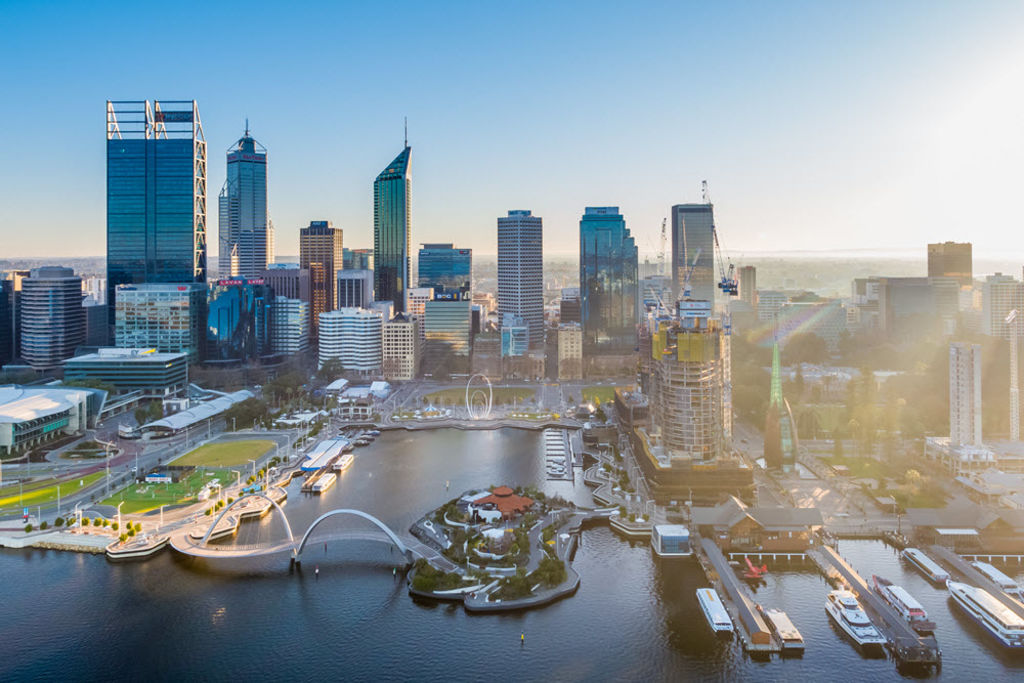
Perth office vacancy rate could dip to its lowest level in four years as agents predict a market pickup
Perth’s headline office vacancy rate could fall below 19 per cent for the first time since 2015 as companies hunt for larger spaces, Savills Australia says.
The agency predicts that the city’s two-tier office market is likely to remain in 2019, with tenants continuing to take advantage of favourable leasing conditions.
Firms such as the ABN Group, the WA Police Force and FMG, are all on the hunt for bigger office spaces.
Savills Australia office leasing WA state director Shelley Ritter said it was becoming difficult for firms coming to market and seeking space of 5000 to 10,000 square metres, with only a handful of properties able to cater to this demand.
“The lack of large contiguous space has the potential to result in new developments coming to fruition,” she said.
“The 52,000-square-metre Chevron tower in Elizabeth Quay, with timing for 2023, along with progression on the Plus Tower complex and Esplanade Busport redevelopment, are positive signs that the market is heading in the right direction.”
Investment in the Perth office market would continue to be strong in 2019 as the market continued its positive recalibration and offered up fundamentally sound buying opportunities with strong growth prospects, said JLL WA head of sales and investments Nigel Freshwater.
“The fact that Perth is still sitting nearer the bottom of the cycle when compared to the more mature markets on the east coast will ensure that Perth remains highly relevant and on the radar for interstate and international investors looking to capitalise on the anticipated upswing,” he said.
JLL WA head of office leasing senior director Nick Van Helden said there had been a steady improvement in office demand during 2018, with eight consecutive quarters of positive absorption, and especially prime-grade demand increasing in interest.
“There has been significant further uplift in Perth CBD absorption during quarter four 2018, which is likely to continue into quarter one 2019,” he said.
“Tenants continue to move into the CBD from the fringe and suburbs, and coworking demand has transitioned to Perth from the east coast with several major deals pending.”
Meanwhile, Domain Group data shows there were 322 commercial transactions across Perth in the year to October. This was up from 311 transactions during the same period in 2017.
The 322 sales includes 150 commercial, 165 industrial sales and seven retail transactions.
Domain research analyst Eliza Owen said despite commercial sales making up a high portion of the transactions, there was a slight reduction in sales volumes, while the industrial sales segment increased.
“Most sales were in the industrial park hubs of Canning Vale (19 sales), Malaga (19) and Wangara (15),” she said.
In Malaga, where all sales were industrial, the median sale price was $475,000 – up from $420,000 in 2017.
Ms Owen said the increase was the result of a small number of sales, which might be indicative of capital growth in the suburb.
“The mining boom and bust had a dramatic impact on sales volumes across Perth. After a strong year of commercial property sales in 2014, with 1590 sales, commercial transaction levels bottomed out in 2017 with just 311 sales over the year,” Ms Owen said.
“Now that commodities are experiencing a rebound, and employment in WA is recovering, the data is indicating that 2018 marks green shoots in the Perth commercial real estate market.
“While the absorption of commercial property has improved slightly across the state, the year to 2018 marked a strong increase in total listings – up to 3269 – marked by an increase in new listings.”
New listings accounted for approximately 60 per cent of the increase in total commercial listings across Perth, she said.
In Perth’s industrial market, 2019 was likely to bring similar challenges to those of the past 12 months, said JLL WA head of industrial, senior director Nick Goodridge.
“However, general levels of business confidence and local activity appear to be building momentum,” he said.
“We expect the industrial market to be in more favourable trading conditions this time next year.”
Mr Goodridge said 2018 brought challenging trading conditions as the market identified with what was most likely the bottom of the cycle.
“High levels of vacancies across the market placed pressure on face rents, with incentives also becoming a major factor in securing tenants,” he said.
Savills Australia industrial and business services director James Condon said Perth’s industrial market made a comeback in the second half of 2018 after the quietest six-month period in 15 years.
Looking to 2019, Mr Condon said the market would likely mimic traits of 2018.
“We expect the challenging leasing market to continue, with a pick-up towards the second half of the year, on the back of resource projects and the mining sector turning the corner,” he said.
Colliers International industrial agency director Greg O’Meara said with commitments for new mines in the Pilbara and a healthy pipeline of WA infrastructure, there was a good level of optimism about conditions in 2019.
Colliers International has predicted Bayswater’s industrial area, which is just nine kilometres from the Perth CBD, will come back into play in 2019, with construction underway of the new Bayswater station, which will be an interchange point for the Forrestfield-Airport Link in Perth’s new METRONET transport plan.
The Forrestfield-Airport Link, which is also under construction, will connect with the Midland train line at Bayswater station.
Bayswater station is also the proposed starting point for a future rail line to Morley and Ellenbrook.
“There are few industrial areas with good access to a train station so we are expecting renewed interest in Bayswater,” Mr O’Meara said.


